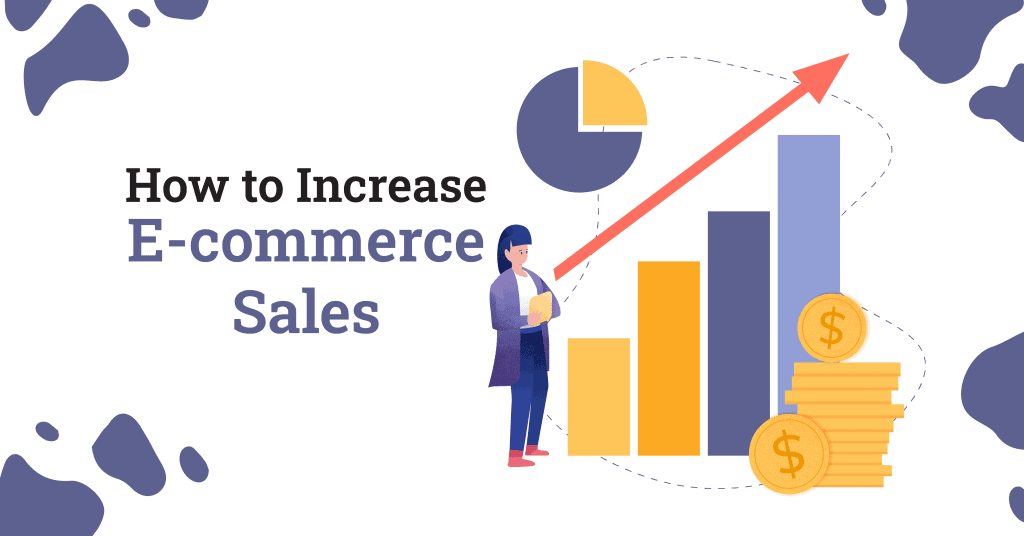How to Increase Your E-commerce Sales with Digital Marketing” sets the stage for this enthralling narrative, offering readers a glimpse into a story that is rich in detail and brimming with originality from the outset. In today’s digital age, e-commerce businesses are constantly seeking effective ways to boost their sales and reach wider audiences. Digital marketing has emerged as a powerful tool, not just for driving traffic but for converting that traffic into loyal customers.
This guide will explore various strategies that cater to different aspects of digital marketing, ensuring your e-commerce platform thrives in a competitive landscape.
In today’s fast-paced world, digital marketing has become an essential component for businesses looking to thrive and expand their reach. With consumers increasingly turning to online platforms for their shopping needs, understanding the nuances of digital marketing is more important than ever. In this article, we will explore various facets of digital marketing, including its definition, key strategies, and the tools available to marketers.

To start, let’s define what digital marketing really is. Digital marketing refers to the promotion of products or services using digital channels, such as websites, social media, email, and search engines. It encompasses a wide range of activities that aim to connect businesses with consumers in a digital landscape. Unlike traditional marketing methods, which rely on print ads, television, and radio, digital marketing allows for real-time feedback and interaction, giving businesses valuable insights into consumer behavior and preferences.One of the most powerful components of digital marketing is Search Engine Optimization ().
involves optimizing a website to rank higher on search engine results pages (SERPs), thereby increasing organic traffic. This is achieved through a combination of on-page factors, such as optimization and content quality, and off-page factors, like backlinks and social media engagement. The higher a website ranks on SERPs, the more visibility it gains, leading to increased brand awareness and, ultimately, more conversions.Next up is content marketing, another crucial strategy in the digital marketing toolkit.
Content marketing focuses on creating valuable, relevant content that resonates with a target audience. This can take the form of blog posts, articles, videos, infographics, and more. The primary goal is to attract and engage consumers, building trust and authority in the industry. By providing high-quality content, businesses can establish themselves as thought leaders, encouraging customer loyalty and driving sales.Social media marketing is yet another vital aspect of digital marketing.
With billions of users on platforms like Facebook, Instagram, Twitter, and LinkedIn, social media offers businesses a unique opportunity to connect with their audience on a personal level. Through regular posts, engaging stories, and interactive content, brands can foster relationships with customers, gather feedback, and generate buzz around their products or services. Additionally, social media allows for targeted advertising, enabling businesses to reach specific demographics based on interests, behaviors, and location.Email marketing remains a tried-and-true method within the digital marketing arsenal.
It involves sending targeted messages to a list of subscribers who have opted in to receive communications. Email marketing can take various forms, including newsletters, promotional offers, and personalized messages. Its effectiveness lies in its ability to deliver content directly to a consumer’s inbox, making it a powerful tool for nurturing leads and driving conversions. By segmenting email lists and personalizing content, businesses can significantly improve engagement rates and return on investment (ROI).Pay-Per-Click (PPC) advertising is another tactic that businesses leverage to drive traffic to their websites.
PPC allows companies to place ads on search engines and social media platforms, paying only when a user clicks on their ad. This model can provide immediate results and is particularly useful for businesses looking to increase visibility quickly. By targeting specific s and demographics, PPC campaigns can be optimized to maximize ROI while driving qualified leads to a website.Data analytics plays a critical role in digital marketing success.
With the plethora of data available, businesses can gain valuable insights into consumer behavior, preferences, and trends. By utilizing tools like Google Analytics, marketers can track website performance, analyze user behavior, and make data-driven decisions. This allows for continuous optimization of marketing strategies, ensuring that businesses remain competitive in the ever-evolving digital landscape.To further enhance their digital marketing strategies, businesses often utilize marketing automation tools.
These tools streamline the marketing process by automating repetitive tasks, such as email campaigns, social media posting, and lead generation. By freeing up time and resources, marketing automation allows teams to focus on more strategic initiatives, ultimately improving efficiency and effectiveness.As we delve deeper into the future of digital marketing, emerging technologies are poised to reshape the landscape. Artificial intelligence (AI) is already making waves in various aspects of digital marketing, from chatbots that enhance customer service to algorithms that analyze consumer data for better targeting.
Additionally, virtual reality (VR) and augmented reality (AR) are becoming increasingly popular in creating immersive brand experiences, allowing consumers to interact with products in new and exciting ways.In conclusion, digital marketing is an ever-evolving field that offers businesses numerous opportunities to connect with their audience and drive growth. By understanding the key strategies, tools, and technologies available, marketers can navigate this dynamic landscape effectively.
Whether through , content marketing, social media engagement, or data analytics, the key to successful digital marketing lies in adapting to the changing environment and continually striving for improvement. As we move forward, staying ahead of trends and embracing innovation will be essential for businesses looking to thrive in the digital age.



